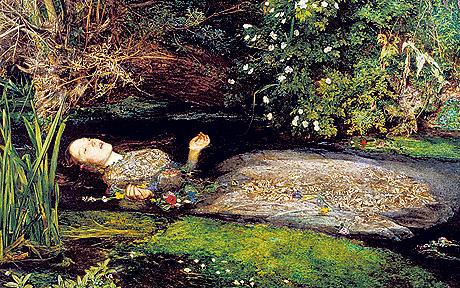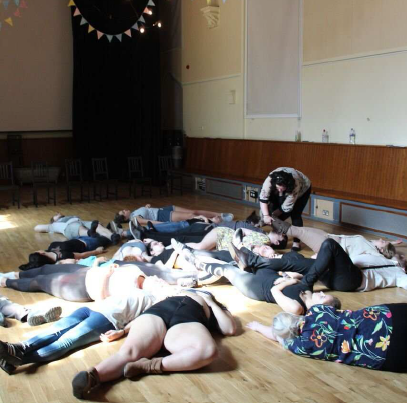‘I suffer from an event I have not even experienced. A feeling of void: from past that has made history tremble I have retained only words.’ (King, 2000:119)

In January 2018 I visited Krakow in Poland with my fellow theatre practitioners, this trip involved visiting Auschwitz and Birkenau, the concentration camps which stand as a harrowing reminder of The Holocaust. Perchance To Dream was a Theatre of Witness performance which was created in response to Auschwitz and The Holocaust. This experience went alongside The Artist As Witness module which I participated in the second year of my degree.
The main question which was circulated throughout this module was how we bear testimony to an event that we were not present for? How do we create a series of images that doesn’t re-enact The Holocaust, but allows us to bear testimony to the horrors that happened during that dark time?
Throughout this module we explored memory, life and relationships. I was able to resonate with this work because it held true to the memory of those lost, and the forgotten stories of those who have passed. It was this module which contributed to the inspiration of the work I wanted to create and taught me the importance of how memory of past events could be braided with current socio-political issues of society.
The work heavily looked upon relationships and storytelling, which formed the structure of the work. A family trapped in a village hall surrounded by devastation. It was the storytelling and the relationships which further drew me to the work and inspired me to create my Independent Practice As Research project around relationships within the forgotten and derelict town of Grimsby.

Throughout the process we looked at the events of The Holocaust through the lens of Shakespeare’s Hamlet and Virginia Wolfes suicide. During the process I became inspired by John Everett Millais painting of Ophelia’s drowning. I later linked this painting to Virginia Woolf’s suicide letter and became intrigued by the similarities between these two women, their suicide and the metaphorical links this had with Auschwitz and The Holocaust.
During the Artist As Witness module, there was a moment of realisation which came from looking into these two women that highlighted the meaning of sacrifice and the sacrifices women of the world have had to make throughout history. The Artist As Witness module was an experience which taught me the meaning of sacrifice, the acceptance of fate, and the importance of life.

It was this module which taught me to understand the space between my performance self, and my day to day self-began to form a connection. In feeling empathy for Virginia Woolf, I was able to recognise the embodiment of performance, and how ‘Like a Rackety Bridge swaying under too much weight, performance keeps on anchor on the corporeal (the body and the real) and one on the side of Physic Real.’ (Phelan, 1996:167).
During my overall experience of Artist As Witness I was able to fully consume myself within the process of creating the work and the body of performance, the experience felt real and I felt completely in the moment. There was a certain energy which consumed me, the world of devastation had consumed me, and the embodiment of performance overwhelmed me.
It is this impact of the Artist As Witness module, which prepared me for my Independent Practice as Research, and inspired me to continue performing and collaborating with my fellow artists within their performances. It was an experience that will aid me in future projects, and be used as an asset within the theatre company’s I am in.
- King, N (2000) Memory, Narrative, Remembering Self. Edinburgh, Edinburgh Press.
- Pehlan, P(1993) ‘The Ontology of Performance: Representation Without Reproduction’ The Politics of Performance. Routledge.
Photo Credit (Eibhlis O’Malley)


